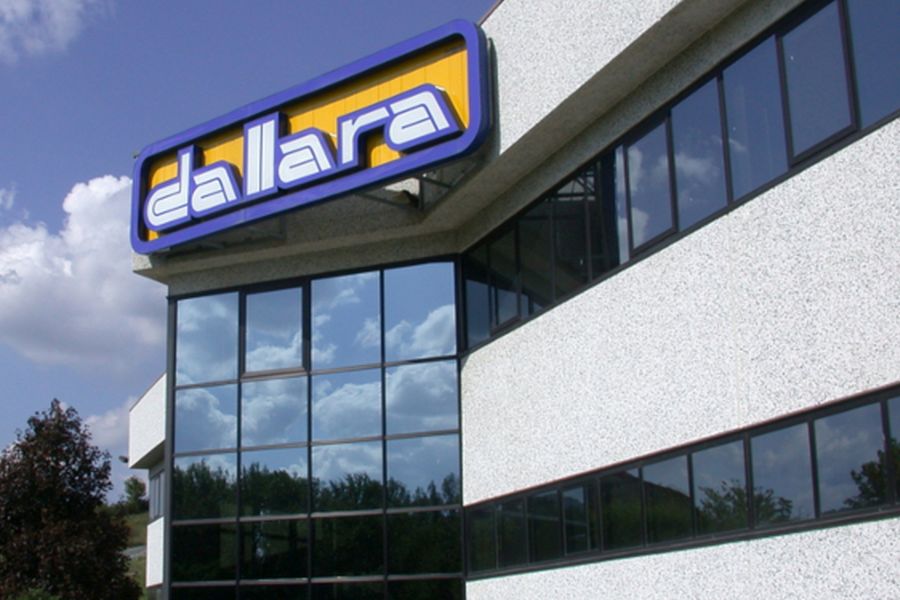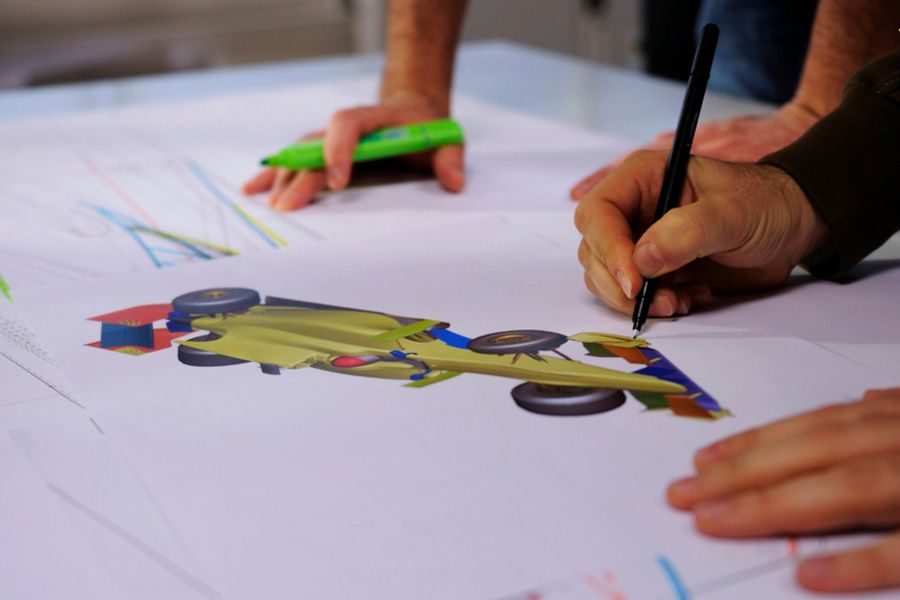Dallara Automobili - Over Four Decades of Excellence
The Italian company Dallara Automobili is one of the most famous race car chassis manufacturers in the world, currently present in numerous racing championships from top-class Formula One and IndyCar Series to many other international and national motorsport competitions.
In the past, but also today, Dallara is widely known as a manufacturer of Formula 3 cars. Besides building formula chassis, Dallara also built numerous sports cars and prototypes, some of them were among the most successful cars in a category, such as Ferrari 333 SP or Audi R8.
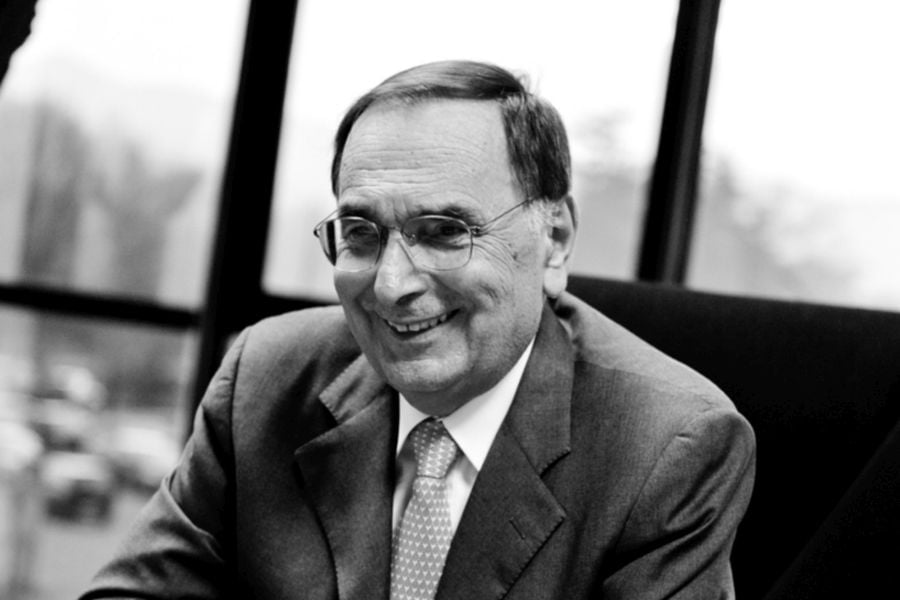
Giampaolo Dallara
Giampaolo Dallara was working for Ferrari, Maserati, Lamborghini and De Tomaso
The man who still stands behind Dallara company is Giampaolo (Gian Paolo) Dallara (born in 1936). He founded his own company Dallara Automobili da Competizione after spending more than ten years working for the famous Italian manufacturers – Ferrari, Maserati, Lamborghini and De Tomaso.
Giampaolo graduated in 1959 at the Faculty of Aeronautical Engineering in Milano. His first job was in Scuderia Ferrari, where he was an assistant in the racing department, working on both Formula 1 single-seaters and closed-wheels racecars (sports prototypes and Touring Cars). His next job was in the racing department of Maserati and then, in 1963, he moved to Lamborghini, where he stayed for six years and had his first experience in a managing role. Under his direction, the legendary Lamborghini Miura was created. The next step in a career was De Tomaso, where he designed an innovative aeronautical-inspired Formula 2 car.
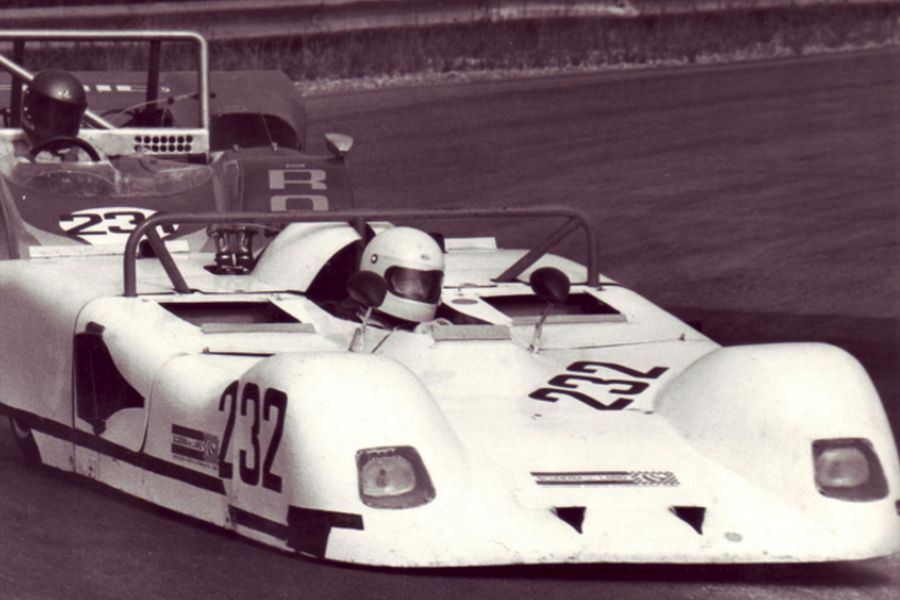
Dallara SP1000, Giampaolo’s first race car
Dallara Automobili was founded in 1972
And then, in 1972, Giampaolo started his own company, with his first office located behind his house in Varano de’ Meregari near Parma. His first creations were three different sports prototypes, designed and produced on behalf of Alfa Corse.
In 1973, the ISO Marlboro Williams F1 team hired Dallara to implement their F1 car, designed by John Clarke. Dallara also collaborated with that outfit to produce a Gran Turismo Chevrolet-powered road car. In 1974, Giampaolo got a consultant role in Lancia, a job which resulted in several successful cars in the next couple of years (Stratos Gr.4, Beta Montecarlo Gr.5, LC1 and LC2 prototypes).
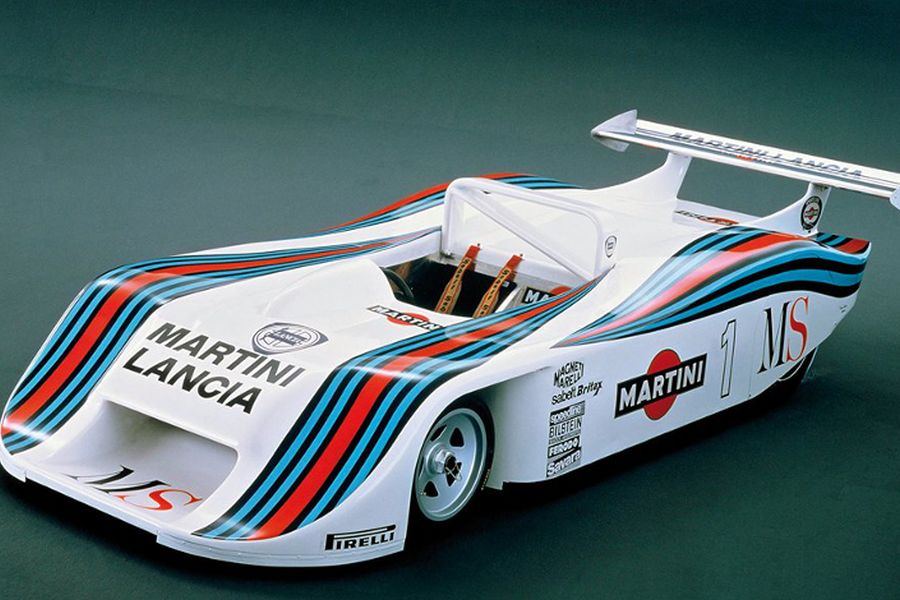
Lancia LC1 was built by Dallara
Many famous sports cars were made by Dallara
Lancia cars were just some of the famous sports cars for which Dallara was responsible as a constructor in its long history. One of the victorious cars was the Ferrari 333 SP (1993) but the most successful one was the Audi R8 in the early 2000s. Other notable Dallara’s sports cars and prototypes were Dallara X1/9, Toyota GT-One, Chrysler LMP (Dallara SP1), Dallara GC21, Dallara DP-01, Corvette DP and KTM X-Bow.
As we already mentioned, a history of Dallara cars is mostly the history of Formula 3 cars. Dallara designed its first Formula 3 car for Walter Wolf Racing in 1978. During the 1980s, Dallara’s name became famous all over Europe, especially in Italy, Germany and France. In 1993, Dallara entered the British Formula 3 championship and it was a year when Dallara’s dominance in the Formula 3 started.
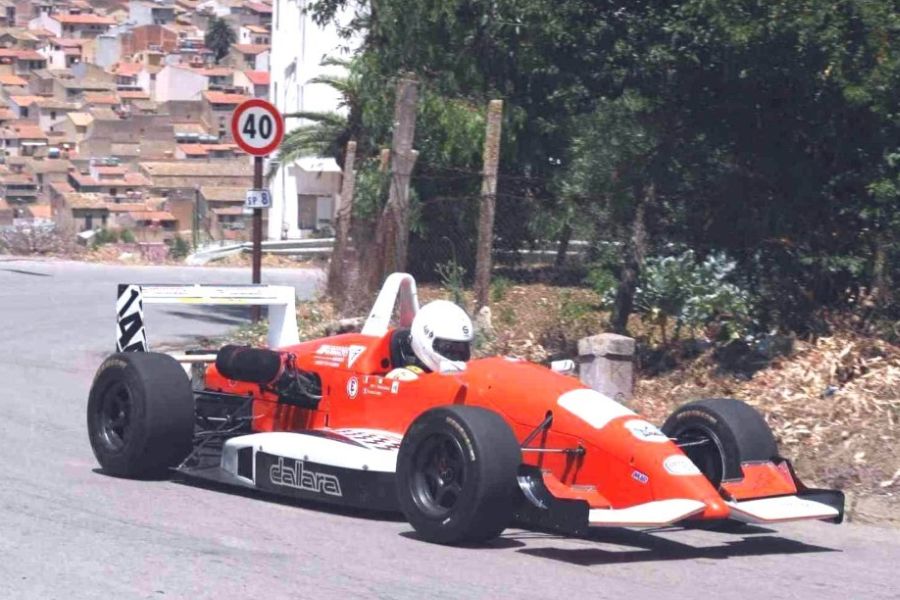
Dallara F393 marked the start of domination in the Formula 3
The Dallara F393 revolutionized Formula 3 racing
The new F393 car featured major aerodynamic changes compared to its predecessor and introduced a monodamper front suspension layout. The F393 won every race in the Italian, French and German championships that year, while in the British series numerous entrants were forced to switch from Reynard or Ralt chassis to Dallara in order to remain competitive. In the Japanese F3 championship, Dallara took supremacy in 1995.
Since then, for more than twenty years, Dallara F3 cars became a synonym for Formula 3 racing, dominating in all existing F3 competitions, so it’s impossible to count all the trophies and victories.
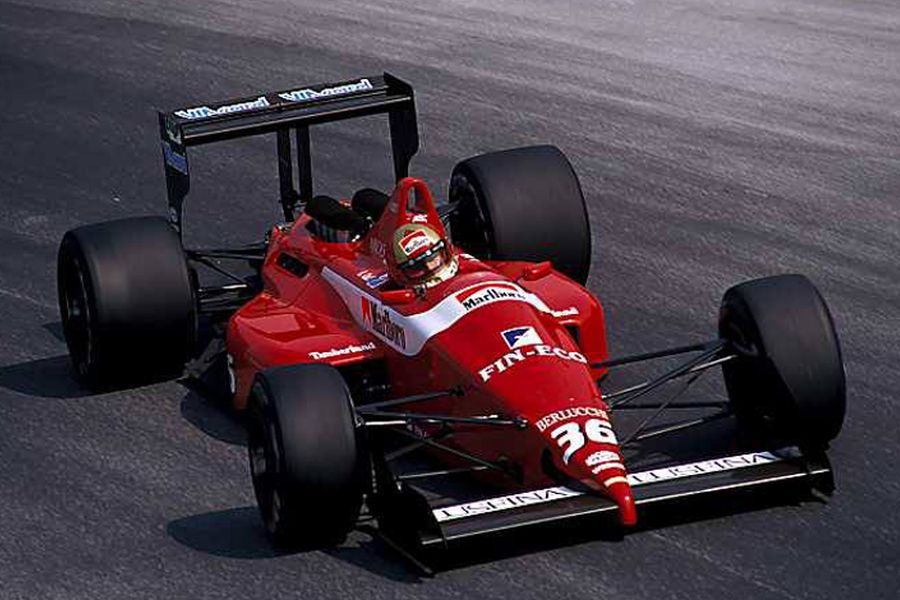
Scuderia Italia’s Dallara 188 F1 car
Dallara entered Formula 1 in 1988 with BMS Scuderia Italia
The season of 1988 was another milestone year for Dallara, as the company became Formula One constructor, building the chassis for BMS Scuderia Italia. In the first championship round, the team was using a modified F3000 chassis (Dallara 3087). The new F1 chassis, called Dallara 188, debuted in the second round at Imola. The car featured 3.5L V8 Cosworth engine. The best result for Alex Caffi in the #36 was the seventh place at Portuguese Grand Prix.
Scuderia Italia was running Dallara cars for four more seasons, until 1992, with Judd engines in 1991 and Ferrari engines in 1992. The team scored two third places as the best results, for Andrea de Cesaris at the 1989 Canadian Grand Prix and for JJ Lehto at 1991 San Marino Grand Prix. In the Constructors’ championship standings, the best result for Dallara was the 8th place in 1989 and 1991.
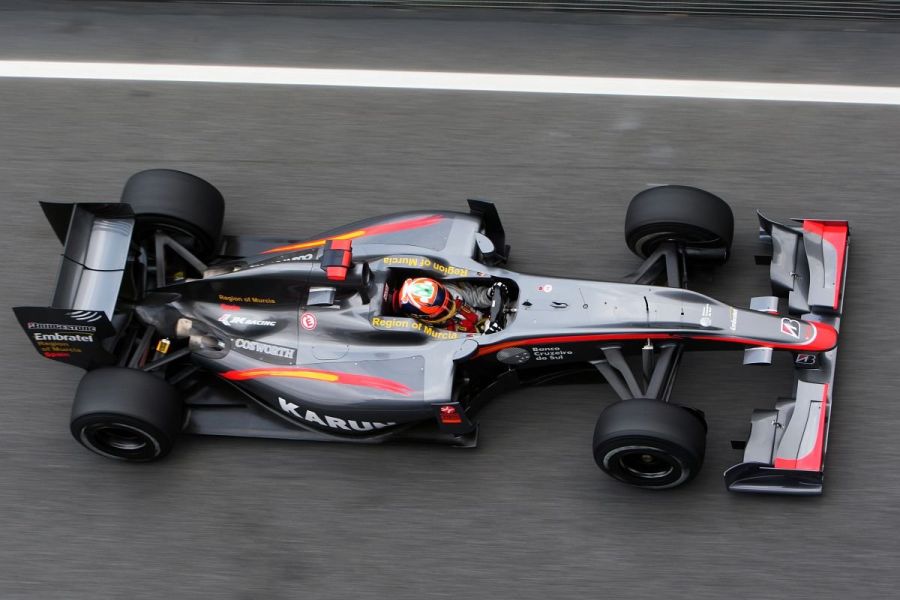
Hispania Racing Team’s F110 was made by Dallara
Unsuccessful F1 deals with Honda and Midland
For the 1993 Formula 1 season, Scuderia Italia switched to Lola chassis and Dallara was out of Formula One for the next seventeen years, until 2010. In the meantime, Dallara was involved in several F1 projects but neither one of them was successful. In 1999, Dallara built the test-chassis for Honda’s planned and aborted return to the series. In 2004, Dallara had an agreement with Midland team to build a chassis for their F1 effort, but Midland changed its plans and purchased Jordan GP team, developing their old chassis.
Formula 1 returns with Hispania in 2010 and Haas in 2016
In 2010, Dallara built the cars for the Hispania Racing F1 Team, one of the new teams on the grid. It was a problematic relationship from the beginning, with lots of financial and technical problems, so the official deal between Dallara and HRT finished in the middle of the season, although HRT was using the Cosworth-powered F110 car until the end of the year.
In 2016, Dallara partnered another new team in Formula One. Haas F1 Team hired Italian manufacturer to build their Ferrari-powered VF-16. With Romain Grosjean in the cockpit of the #8 car, Haas ended a season in the 8th place (out of 11) in the Constructors’ standings.
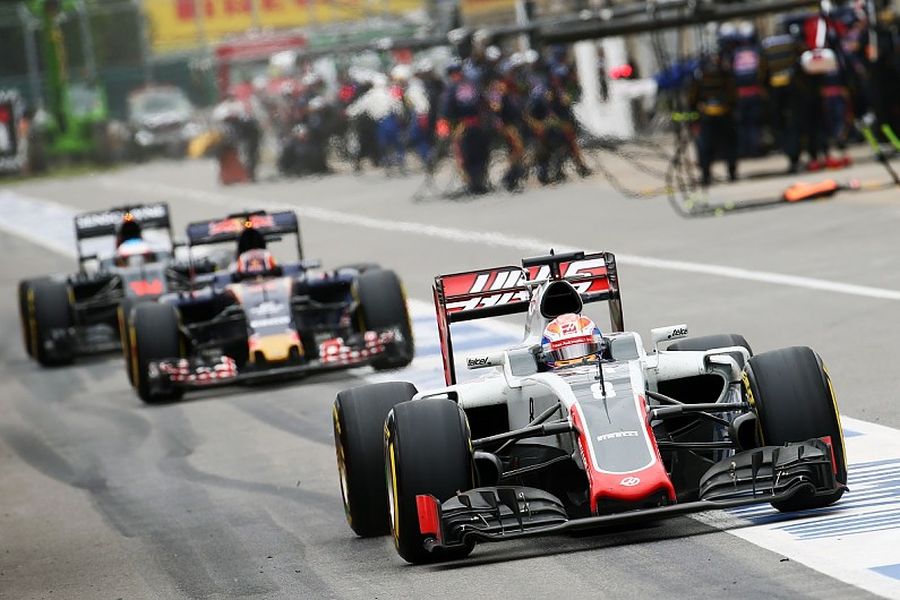
Haas VF-16 was built by Dallara
Dallara’s ‘American dream’ story begun in 1997
Besides Formula 3 domination and occasional Formula One efforts, the greatest job Dallara has ever started was with the Indy Racing League in 1997. Year by year, Dallara was expanding while other manufacturers were disappearing, so since the 2009 season, Dallara is a sole supplier of chassis for the IndyCar Series.
Dallara’s ‘American dream’ story started in 1997 when Dallara debuted in the Indy Racing League with IR7 chassis. In that period of time, the other chassis manufacturers were G-Force (owned by Panoz), Lola, Reynard and Riley&Scott. Dallara and G-Force had new purpose-built chassis and those two brands became the most popular.
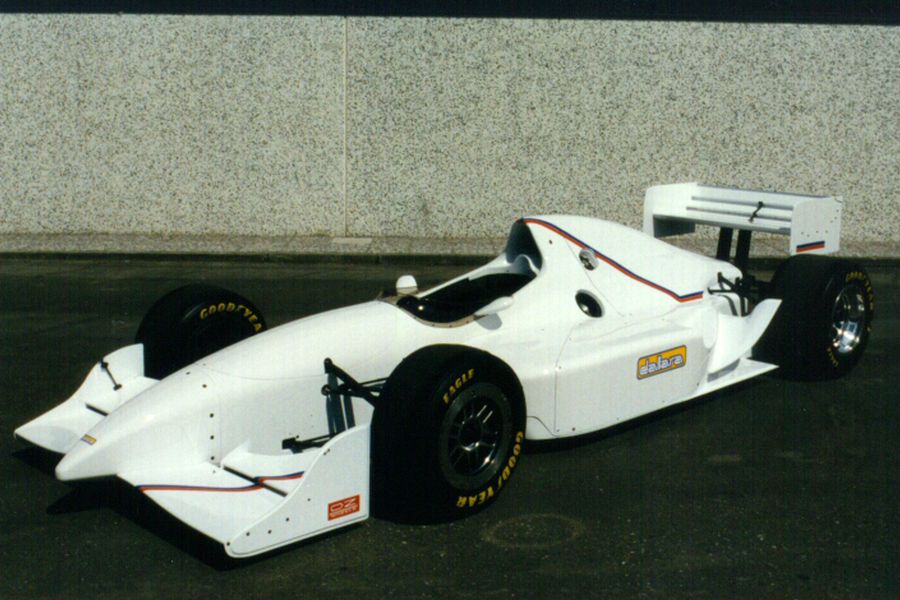
1997 Dallara IR7
Three generations of IndyCar chassis between 1997 and 2011
The IR8 and IR9 were the evolutions of the original IRL Dallara chassis. The second generation chassis was introduced in 2000. When updated, the name was changed to IR-01 for the 2001 season and to IR-02 for the 2002 season. The IR-03, introduced for the 2003 season, was referred as the third generation chassis. Four years later, the revised IR-05 was presented.
After Panoz began to deliver chassis for the rival Champ Car Series, Dallara became the only supplier for the IndyCar Series, although a few teams entered a Panoz/G-Force chassis into the 2007 Indianapolis 500. The similar thing repeated in 2008, with a few Panoz entries at Indy 500 and Long Beach, but since 2009 Dallara was the only chassis manufacturer in the series.
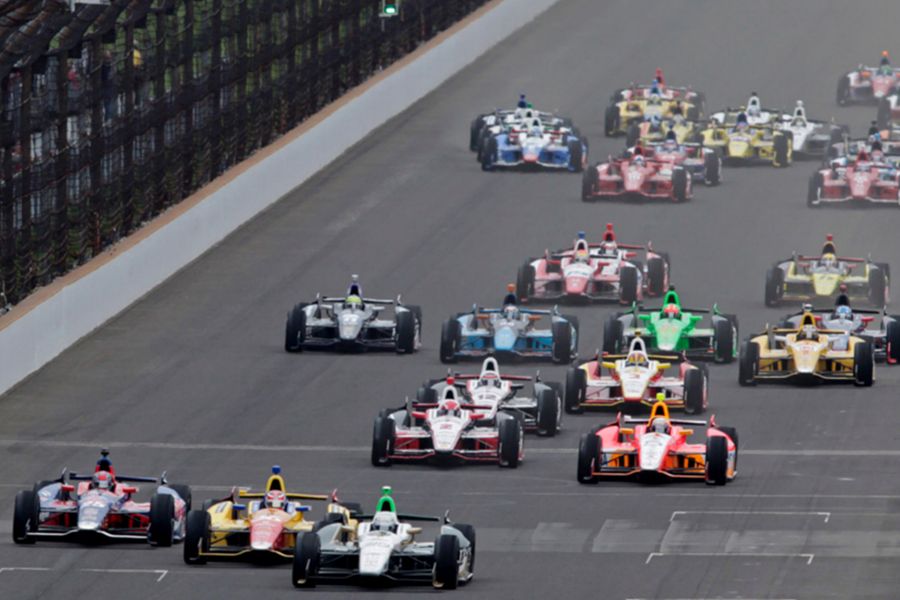
IndyCar Series features only Dallara cars
Dallara DW12 hit the track in 2012
Due to IR-05 chassis and Honda Indy V8 engine development freeze for economic reasons from the beginning of the 2008 season, Dallara did not build new IndyCar chassis until the 2011 season. Dallara produced the common monocoque and suspension parts for the new IndyCar formulae – known as the IndyCar Safety Cell – with the intent to help other manufacturers to provide the bodywork and aero parts. The car was named DW12 after the late IndyCar champion Dan Wheldon in honor of his work.
The introduction of the DW12 chassis in 2012 was also marked by the opening of the factory in the United States, in Indianapolis. Prior to that, all Dallara chassis were coming from Italy. In the meantime, between 1972 and 2012, the Varano offices and factory underwent many changes and improvements.
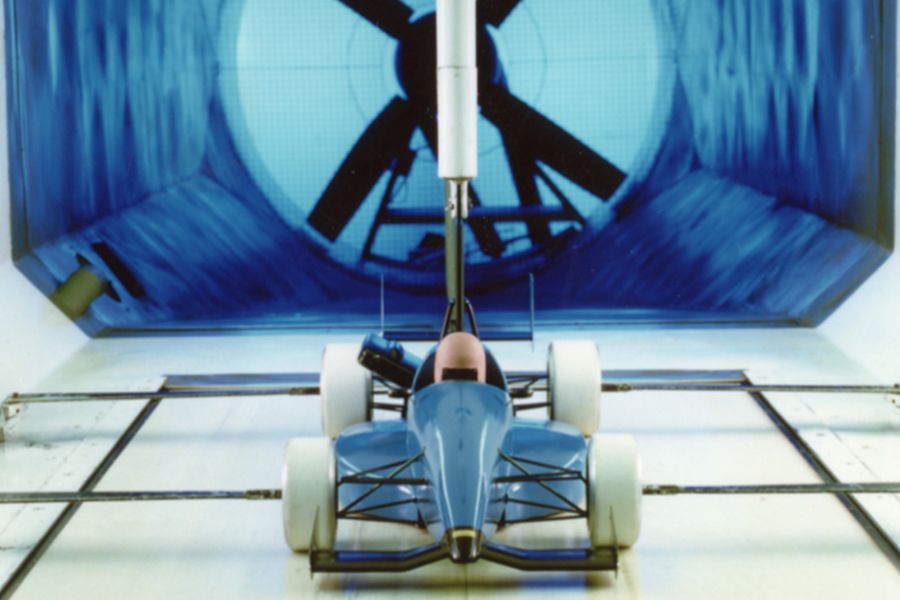
The first wind tunnel was built in 1984
The company expanded from one office to multi-building factory
In 1984, the first wind tunnel in a 100m² building was built next to the headquarters. A move to a much larger building, just outside Varano, on via Provinciale, followed in 1991. This 3500m² building is still home to most of the company’s offices and production areas. In 1995, a second wind tunnel was built near the main office, in a building of about 900m². In 1999, for the F1 Honda project, a special area of 1000m² was built adjacent to the second tunnel. Today, this area houses the consulting offices for the road vehicles.
In 2007, the third wind tunnel was made in a building of about 3000m². This building also has the modeling department, offices for all the aerodynamic tasks, and a conference room. The latest addition is the simulator, inaugurated in 2010, housed in a building of 600m² located next to the wind tunnel building.
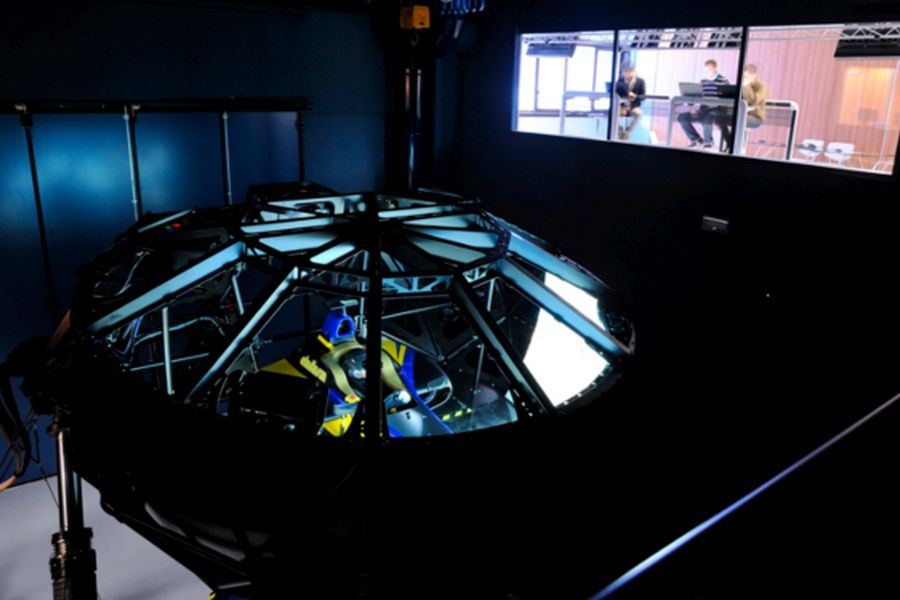
Dallara’s driving simulator
Dallara is a sole supplier for many single-seater series worldwide
As Giampaolo Dallara said, their mission is to make race cars faster and safer, with the highest standards of quality and a customer support. Because of that, the company’s culture can be summed up with a motto – The Pursuit of Excellence (la ricerca dell’eccellenza).
This approach led to Dallara’s leading position in the world of racing, especially in the single-seater competitions for young drivers. Today, the company is a single supplier of race cars/chassis for the IndyCar Series, Indy Lights, Japanese Super Formula, GP2 Series, GP3 Series, Formula V8 3.5, Formula 3 European Championship…
The first Formula E car was built by Dallara
Dallara also had an honor to built the first electric formula that was included into the Formula E Championship as a manufacturer of the carbon fiber/aluminum monocoque chassis for the SRT_01E car.
The future is also bright. Dallara is one of four constructors chosen to built the new LMP2 class and DPi class prototypes for the FIA WEC, Le Mans 24h and the North American sports car championship.
Photos: dallara.it,


